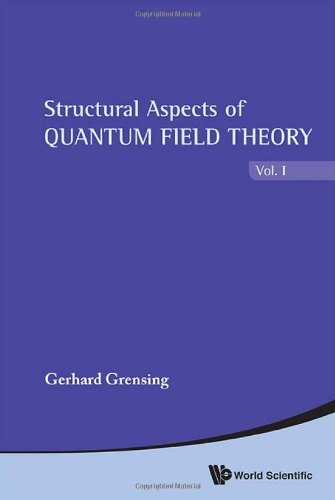

Most ebook files are in PDF format, so you can easily read them using various software such as Foxit Reader or directly on the Google Chrome browser.
Some ebook files are released by publishers in other formats such as .awz, .mobi, .epub, .fb2, etc. You may need to install specific software to read these formats on mobile/PC, such as Calibre.
Please read the tutorial at this link: https://ebookbell.com/faq
We offer FREE conversion to the popular formats you request; however, this may take some time. Therefore, right after payment, please email us, and we will try to provide the service as quickly as possible.
For some exceptional file formats or broken links (if any), please refrain from opening any disputes. Instead, email us first, and we will try to assist within a maximum of 6 hours.
EbookBell Team

5.0
88 reviewsThe first volume is directed at graduate students who want to learn the basic facts about quantum field theory. It begins with a gentle introduction to classical field theory, including the standard model of particle physics, general relativity, and also supergravity. The transition to quantized fields is performed with path integral techniques, by means of which the one-loop renormalization of a self-interacting scalar quantum field, of quantum electrodynamics, and the asymptotic freedom of quantum chromodynamics is treated. In the last part of the first volume, the application of path integral methods to systems of quantum statistical mechanics is covered. The book ends with a rather detailed investigation of the fractional quantum Hall effect, and gives a stringent derivation of Laughlin's trial ground state wave function as an exact ground state.
The second volume covers more advanced themes. In particular Connes' noncommutative geometry is dealt with in some considerable detail; the presentation attempts to acquaint the physics community with the substantial achievements that have been reached by means of this approach towards the understanding of the elusive Higgs particle. The book also covers the subject of quantum groups and its application to the fractional quantum Hall effect, as it is for this paradigmatic physical system that noncommutative geometry and quantum groups can be brought together.
Readership: Graduate students and professionals in theoretical and mathematical physics.